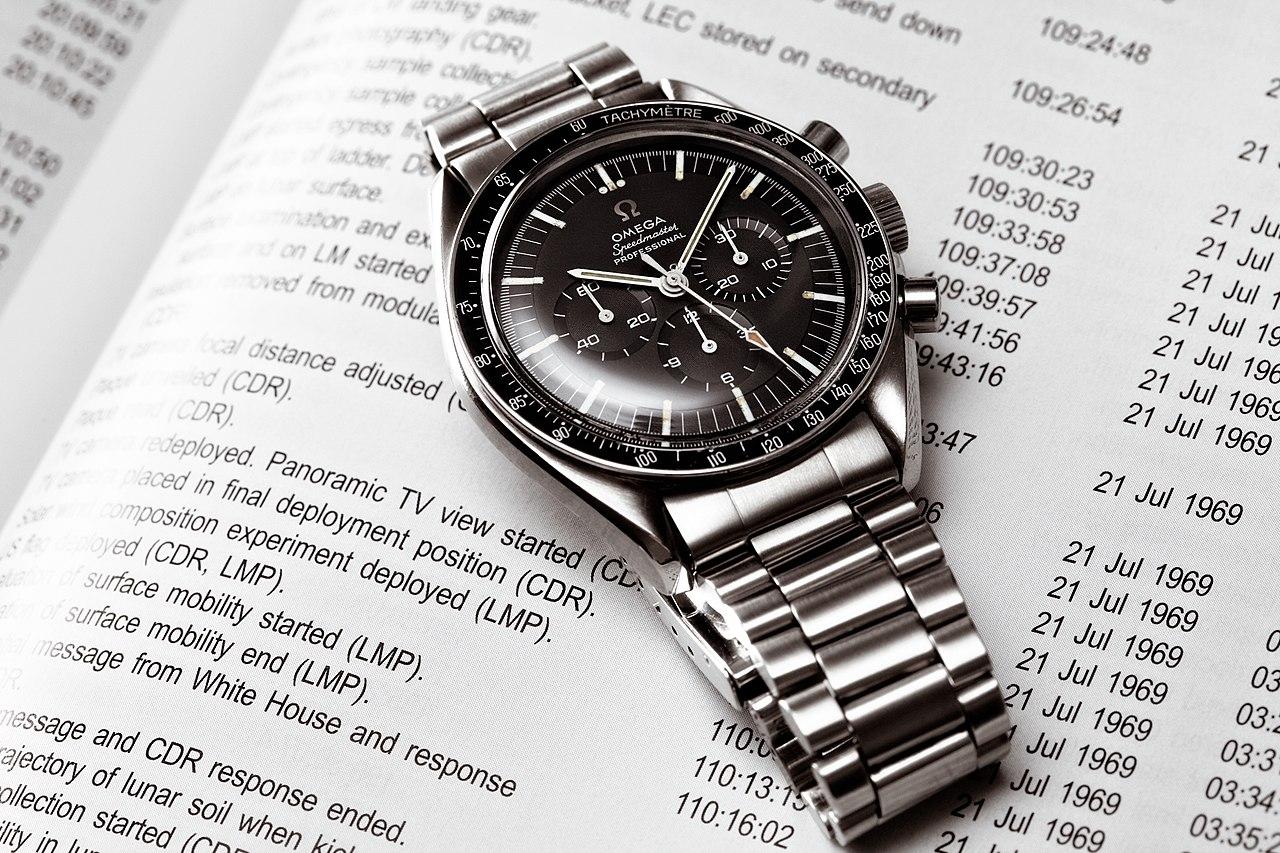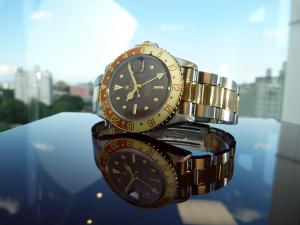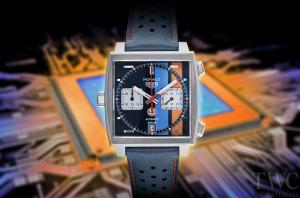The Best Vintage Omega Watches for You

Respectable. Cultured. Timeless (pun intended). There is something about a vintage watch that makes a statement – albeit subtle – both about the watch and the person wearing it.
Watches come in a variety of styles, sizes, and functions. However, in recent years, there has been a shift in trends from the more modern watch – chunky, oversized, and colourful — back to the more traditional, minimalistic watches of old. This is where Omega Watches come in.
Producing top-quality watches since 1848, Omega has been committed to innovation and quality. Prominent people throughout history have worn their timepieces – from presidents and kings to movie stars and spies. Moreover, theirs was the first watch worn on the moon in 1969.
Whether you are a vintage watch enthusiast or simply looking for a distinguished watch to suit your style, there is a vintage Omega watch for you. Let’s have a look at just some of their vintage masterpieces.
Vintage Omega Seamaster

The Omega Seamaster comes in a variety of models, dating all the way back to 1948. It is loosely based on the watches Omega designed for the British military at the end of World War II. Additionally, the Seamaster was launched to celebrate the brand’s 100th anniversary. It is also the oldest line in the current collection.
The 1957 launch of the professional range of Seamaster watches saw the debut of the Seamaster 300. Jacques Cousteau’s team used this watch in the summer of 1963. It has also been made the official watch of the British Special Boat Service.
Additionally, the Seamaster 300 has been an iconic feature in the James Bond movie franchise.
Normally, the Seamaster features a stainless steel case and bracelet. The original key feature of the Seamaster was an O-shaped ring gasket used to give it its waterproof seal.
Vintage Omega Constellation

Dating back to 1952, the Omega Constellation watch was once the flagship in the Omega collection. Its production came about after Omega’s limited-edition Omega Centenary collection launched in 1948.
Demand for the Centenary collection was so high that the brand decided to introduce The Constellation. Many considered it a new family of automatic chronometer watches.
The first models featured unique diamond-shaped hour markers. In fact, one characteristic of the vintage Omega Constellation collection stands out. The dials are richly decorated and exhibit golden features throughout. Specifically: gold hands, gold hour markers, gold dials, and gold logos and wording.
Another common feature of vintage Omega Constellation watches is the pie-pan dials. On the back of every Constellation piece is the hand-engraved observatory of Geneva. It appears in gold on the stainless steel and gold/steel models of the collection.
The Constellation is always a chronometer watch. In fact, 8 stars on the case back symbolize the many exploits of Omega in the world chronometer competition.
Other defining features of the vintage Constellation include the 10-sided Omega crown, inwardly curved, soft lugs, two-tone cases, and a wide array of case metals including:
- Steel
- Yellow-gold
- Rose-gold
- White-gold
- Platinum
Easily wearable and truly one of a kind, no vintage watch collection is complete without the vintage Omega Constellation.
Vintage Omega Speedmaster

Omega’s history with space exploration began in 1962 when a group of astronauts left a watch shop in Houston with Omega Speedmasters to use on their upcoming Mercury program flights.
At the end of that program, astronauts approached NASA and asked for issued watches to use during training and flight. The winning watch was the Speedmaster ST 105.003.
On July 21, 1969, it was not Neil Armstrong who debuted the watch on the moon but rather fellow astronaut Buzz Aldrin who stepped off the Eagle a few minutes after. Thus, the vintage Speedmaster was the first watch worn on the moon. This watch became known as the manual-winding “Moonwatch,” also known as the Speedmaster Professional.
The Speedmaster launched in 1957 as a sport and racing chronograph. The tachymeter ring that encircles the dial inspired the use of the word “Speed” in its name. The first Speedmaster bore the name “broad arrow” after its hour hand.
Two other main features include a simple baton second hand and a metallic tachymeter bezel with engraved numbers.
Vintage Omega De Ville

Launched in 1960 as part of the larger Seamaster series, it wasn’t until 1967 that the Omega De Ville collection became independent of the Seamaster line-up.
The goal of the De Ville was to offer an elegant alternative to sporty models. Omega, therefore, continued with the classic, dressy design of the Seamaster. But it underwent a few small changes to make it more appealing to a wider, younger audience.
The changes included competitive prices and a wide variety of cases – including ovals, rectangles, and squares – and interesting designs. Thanks to its streamlined, varied designs, the De Ville soon became Omega’s fastest-selling collection.
Many famous people have worn known Omega watches with the vintage Omega De Ville being no exception. Pope John Paul II, in fact, wore this particular watch.
Perfect for those who prefer a more sophisticated style, this Omega watch delivers high-quality watch movements while symbolizing luxury and expert craftsmanship.
Vintage Omega Genève

Often referred to as the “odd” collection, people used the Genève as a label for a variety of watches from sporty to dress. However, as with many things, beauty is in the eye of the beholder. The vintage Genève certainly does not lack any of Omega’s world-class craftsmanship.
The dressy vintage Genèves tend to be the most popular of the collection, thanks to its simple yet classic design and its wider and more prominent dial. Models such as the Omega Genève Calendar 1061 are thinner too, credits to the Omega 1030 manually wound movement.
Expertly blending simplicity with decadence, this Omega watch is sure to instantly bring out the suave in you.
Vintage Omega Marine

Omega introduced a waterproof wristwatch in 1932 based upon a Swiss patent granted to Louis Alix of Geneva. Named the Omega Marine, this was the first dive watch. The company designed, tested, and qualified this watch for diving.
The first tests to find out how deep a watch could go, as well as to qualify how suitable it was for diving, began in 1936. Therein, testers sank an Omega Marine to a depth of 73 meters for 30 minutes in Lake Geneva.
In Neuchatel, in May 1937, the Omega Marine became certified as being capable of enduring deep pressure. Specifically, pressure equivalent to a depth of water of 135 meters or 13.5 atmospheres.
The vintage Omega Marine features a very art-deco case — mostly made of steel and very fashionable at the time — openable from the back by unlocking the clasp. This watch was manually wound every day, which meant regular removal of the case.
Therefore, the Omega Marine would need regular service to ensure that it retained its waterproof functionality.
Truly an important part of history, the Omega Marine is one vintage watch no collector should be without.
Vintage Omega Pocket Watch

Omega’s first chronograph began production in 1898. Within 10 years, these timepieces experienced usage in more than 16 sporting competitions. Omega became the official timekeeper at the 1932 Los Angeles Olympics after winning 1st place in all 6 categories of the 1931 Geneva Observatory trials.
A marvel at the time, the brand’s chronograph was capable of measuring 1/10th of a second (a first for the Olympics). Since the 1932 Olympics, Omega has gone on to be the official timekeeper at 21 Olympic Games.
In 1952, Omega’s first water-resistant pocket watch first launched, featuring a 51mm case.
It is difficult to think “vintage” without images of gentlemen of a bygone era taking pocket watches out of their well-tailored suits. As such, this watch should make the list of any avid vintage watch collector.
A Watch for Everyone
Vintage watches have the ability to say a lot about the wearer almost without saying anything at all. From the common man to famous individuals in high places, Omega vintage watches have provided everyone with a masterpiece to suit every style and personality.
There’s also the added benefit of wearing a piece of history. Whatever you are looking for in a watch, there is a vintage watch that can fulfil that and so much more.
There are many more vintage Omega watches out there. Each tells its own story and has its own place in history. There is a reason why they have stood the test of time and it looks like vintage watches are here to stay.
What part will your vintage watch play in your story?
We hope you loved reading this article. For another interesting read, why not check out The Past Present And Future Of Casio G-Shock.


